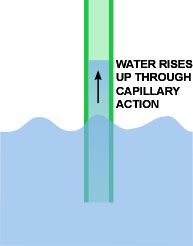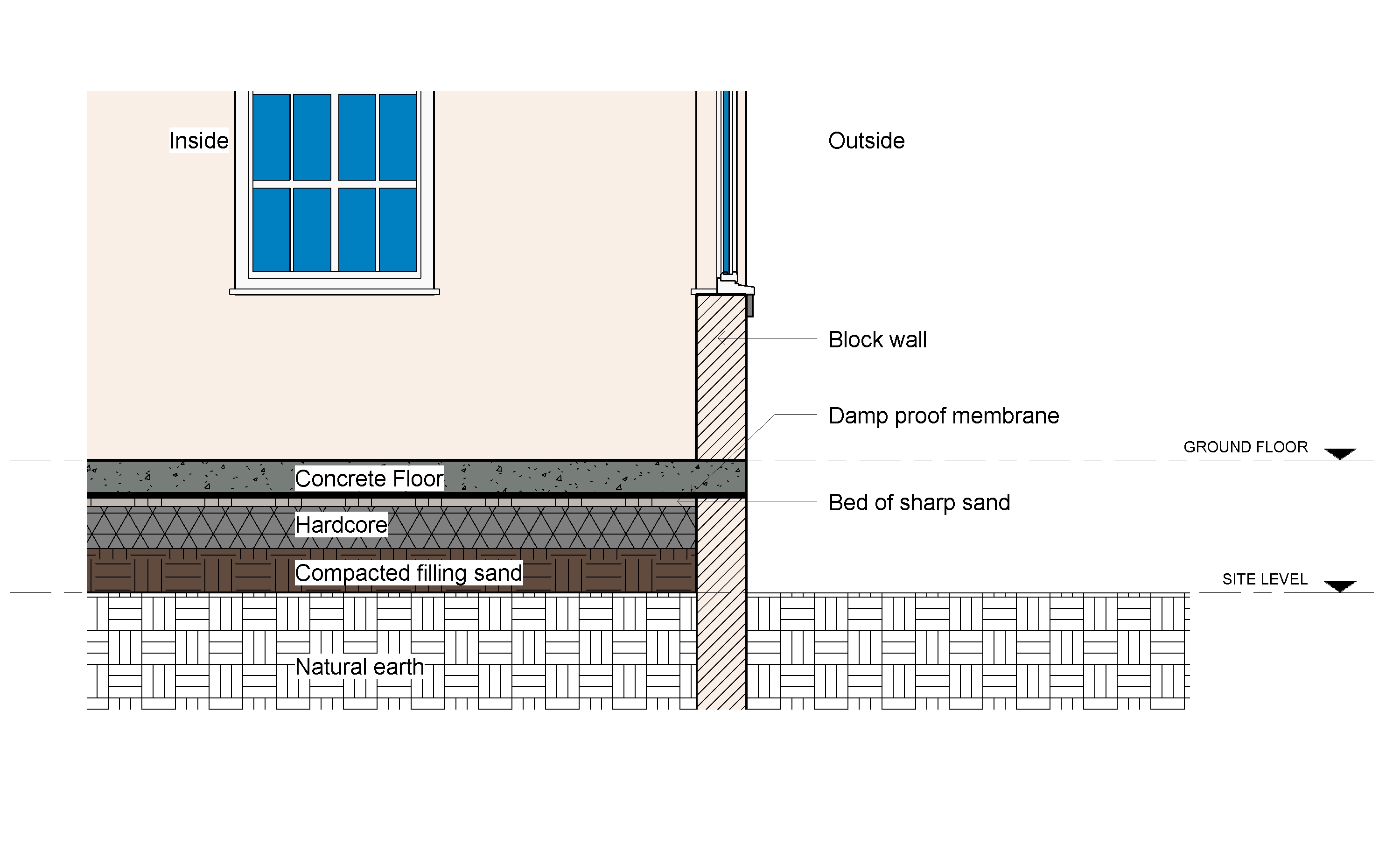You’ve spent quite some amount of money finishing your building…hoping to live happily ever after but some months after moving in, you notice water seeping into the building through the floors. The walls swell, paints peel, dampness takes over and there’s eventually a stench in your house. What could this be??
You are disturbed and try to find a solution but later realise that none is real and lasting, only patching repairs which ends up consuming resources constantly.
A lot of home owners go through this experience nowadays. Many years back you hardly experience such but due to neglect,ignorance or greed water seeps into many buildings, even high-end buildings are not left out.
How could this have been avoided?
The Problem:
The simple issue is that some “contractors” do not follow standards either out of ignorance or desire to make more gain. Building owners may not be aware until its too late.
The culprit:
The culprit is capillary action: that’s the ability of water to rise through a substance.
Example: water rising through a cloth when you dip it in water. If your foundation build-up is not properly done, water will soon rise up through the ground to the floor and walls.
Many foundations are done by laying the floor slab directly over compacted earth. This makes it easy for water to find its way up into the building after a short while.
The Solution:
The solution to this issue is following standards. Its simple and cheaper overall. The correct process after digging and laying your foundation blocks is:
- Fill foundation with filling sand.
- After filling, compact the ground. Ramming the ground after water application is required for better compaction.
- Pour hardcore. This can be rubble or broken blocks. Sand may be used if hardcore is expensive.Hardcore has larger pores than clay thereby prevents water from rising up through the foundation.
- Apply a bed of sand to receive waterproofing.
- Apply waterproof membrane. The water proof membrane acts as the final cap/seal such that any dampness that find its way up is stopped.
- Cast the ground slab using the correct concrete mix for the slab. The correct concrete mix will prevent cracks and will ultimately ensure that dampness doesn’t find its way in over time.
It’s a futile attempt trying to repair a foundation after the building is done. Following these outlined steps will save you money while giving you the assurance and peace of mind that there will be no dampness in your building throughout its life cycle.
Wishing you success on your building project. Thank You.
Call/whatsapp us on: + 234-9097563826
Or contact us by email: info@nigerianhouseplans.com






What can be done since the house is already completed and it is also breaking the foundation and affecting the foundation walls.
Dear Engr. Samuel, It’s always better to follow standards to prevent rework. However, if already done, you may have to remove the floor tiles and top concrete, also a cutting machine will be used to cut the side walls in sections while the waterproof layer installed on the floor and through the wall. You may then do a screed and tile back. Regards.
This is an issue I’m currently battling with in my current rented apartment. Wouldn’t want to experience same in my own building! Thanks for sharing!
You’re welcome Mr. Zaccheus, Yes it’s better avoided than looking for a solution to the water seepage.
This issue is common among most most now days building and what cause it a salt in sand used in building the house it can be correct by inject a chemical substances into the foundation or testing the sand used for building in laboratory to know some chemical substances of the sand . The chemical for treating this problem it from India
Thanks for the advise Amos.
In fact I will say this is the best news I have heard concerning building for the first time. I am planning of building and just came across this site and am so much impressed with the designs and guidelines given. Thanks for the good works
Thanks for the compliment Martin.
Such a simple and helpful post.
Building owners have really suffered dampness and it is in no way a funny issue. The process you listed above is a very clear practice, greediness or ignorance should stop.
Let’s practice right!
Thanks.
Thanks for sharing. Very insightful.
Thanks Livy…